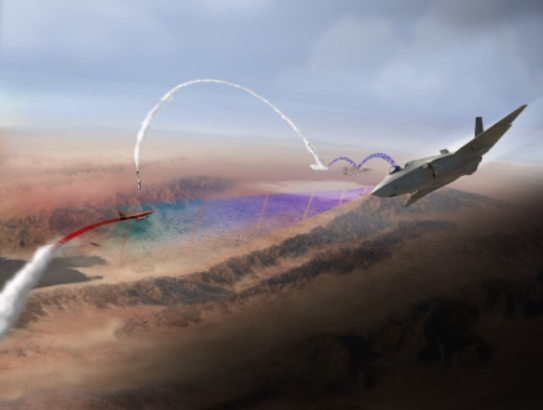By M. A. Athul*
 On March 18, 2019, the Mizoram State Assembly unanimously passed the Mizoram Maintenance of Household Register Bill, 2019, which aims to create registers containing the names, details and photographs of every resident of the State, on a household basis, in an effort to detect ‘illegal foreigners’.
On March 18, 2019, the Mizoram State Assembly unanimously passed the Mizoram Maintenance of Household Register Bill, 2019, which aims to create registers containing the names, details and photographs of every resident of the State, on a household basis, in an effort to detect ‘illegal foreigners’.
The Bill states,
It shall be the responsibility of every householder as well as every member of household in the State to furnish all such information, particulars and passport-size photographs of the members of the household as may be required by the registering authorities.
The Bill further states that once the information prescribed by the State Government is received, the concerned registering authority will compile the details in two distinct registers – one for citizen residents and another for non-citizen residents of a village/area/town.







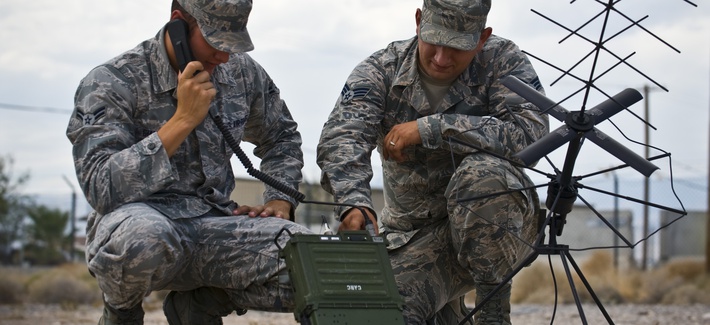
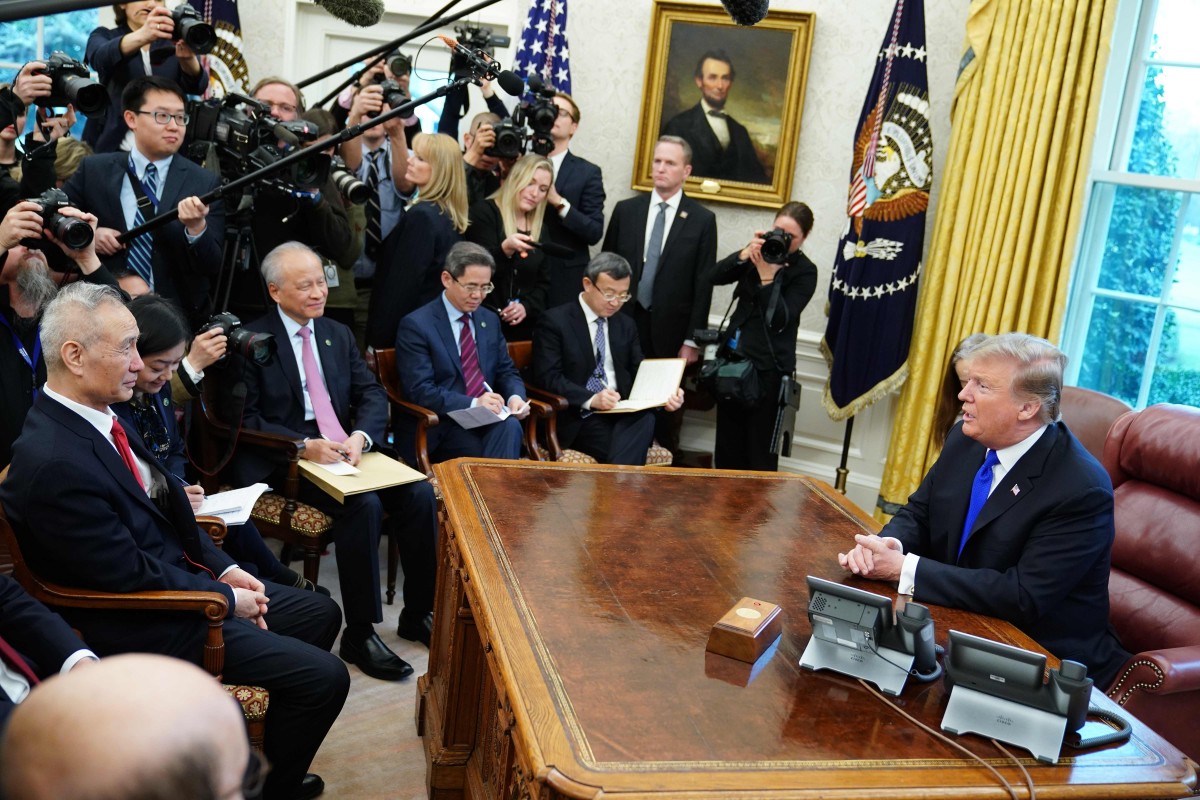



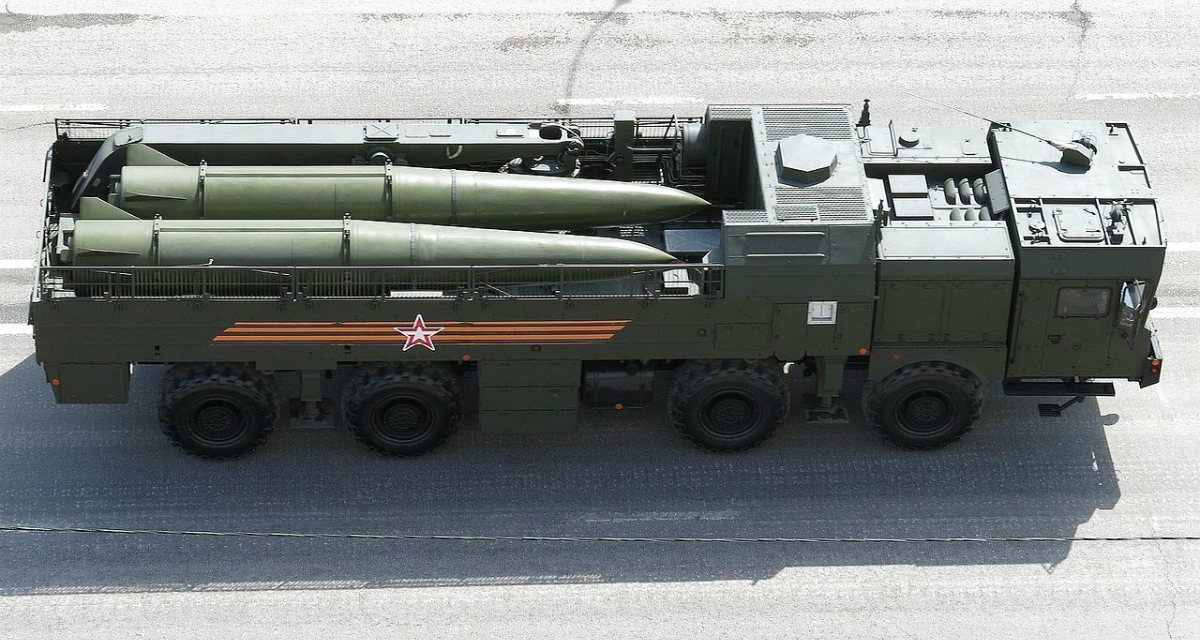

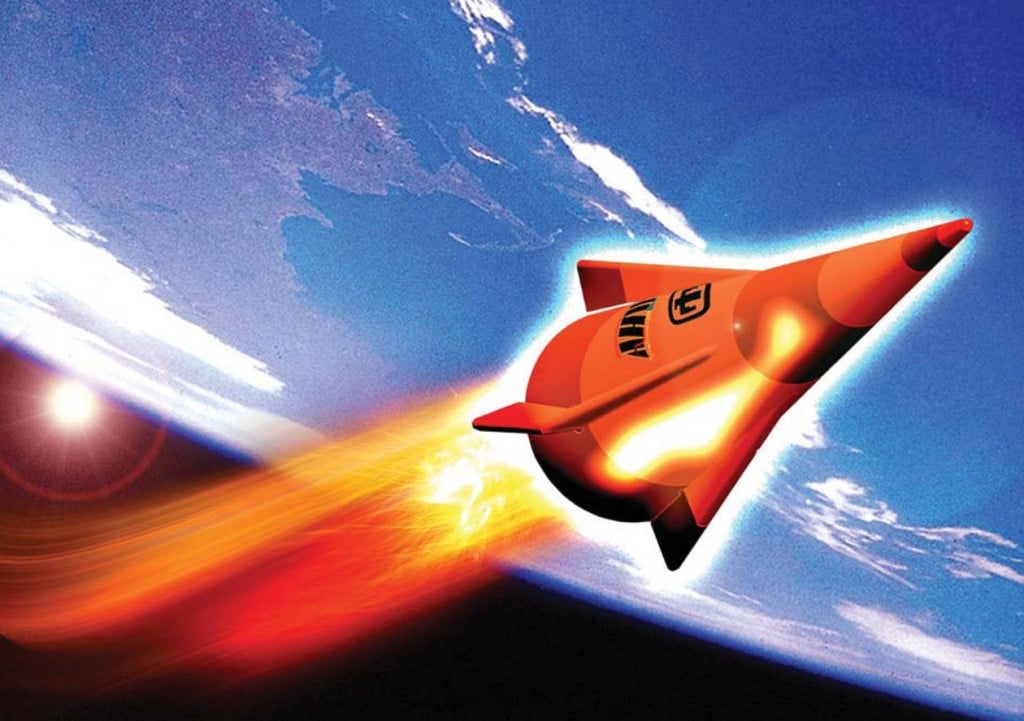


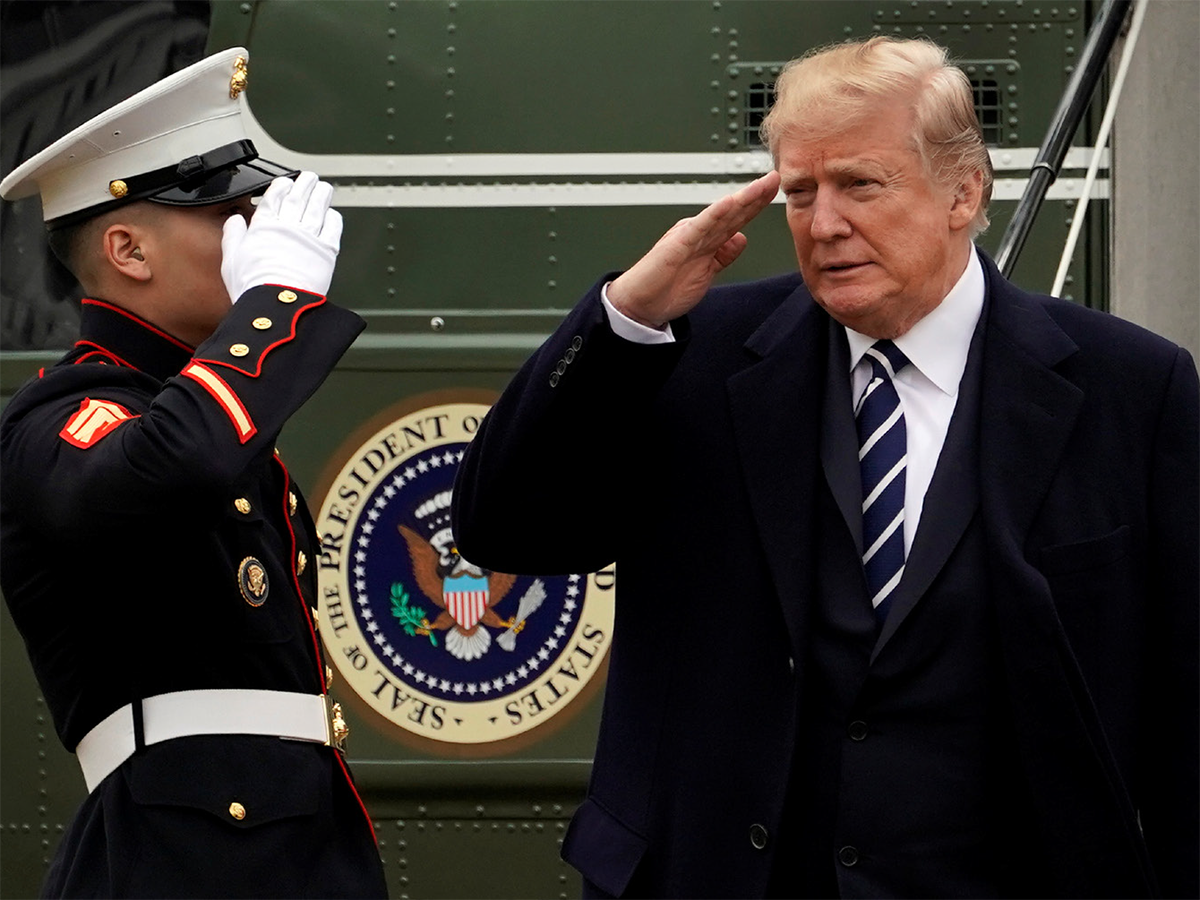


/arc-anglerfish-arc2-prod-mco.s3.amazonaws.com/public/4YKLFWFIE5CW3LMVA42VANR474.JPG)
/arc-anglerfish-arc2-prod-mco.s3.amazonaws.com/public/OK6EWOPHSJEHPBEYX2LRD7JNAY.jpg)
